If you have ever left a note in your pocket when your clothes have been washed you will know that colours can dissolve making it impossible to read the note.
Each colour pigment is made up using a mixture of colours. The human eye can’t see the individual colours unless the colour is split. You can split colour using chromatography, which dissolves colours to see what they contain.
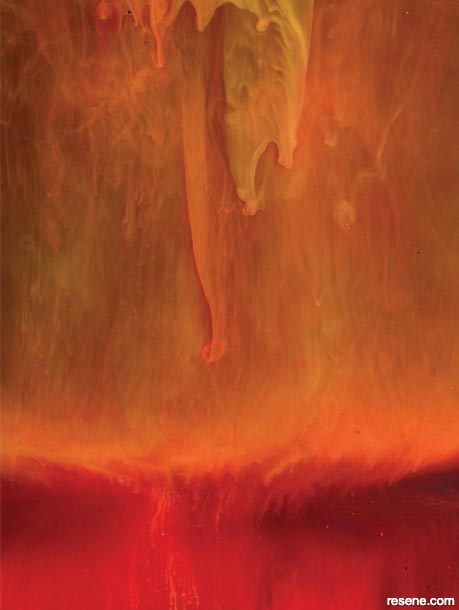
Step-by-step instructions:
Cut a narrow piece of paper towel and draw a line using a black felt pen about 4 centimetres from the bottom.
Fill a glass half full with water.
Place the paper towel in it so the line you have drawn is about 1 centimetre higher than the water in the glass. Make sure your line is above the water. Hold the paper steady.
The water will be absorbed into the paper towel and through a capillary action will start climbing up the paper. Once it reaches your black line the colour will start to dissolve. The dissolving colours will travel upwards at different rates as the water moves upwards.
Hold the paper steady and watch as the water travels up toward the black line. What happens to the black line?
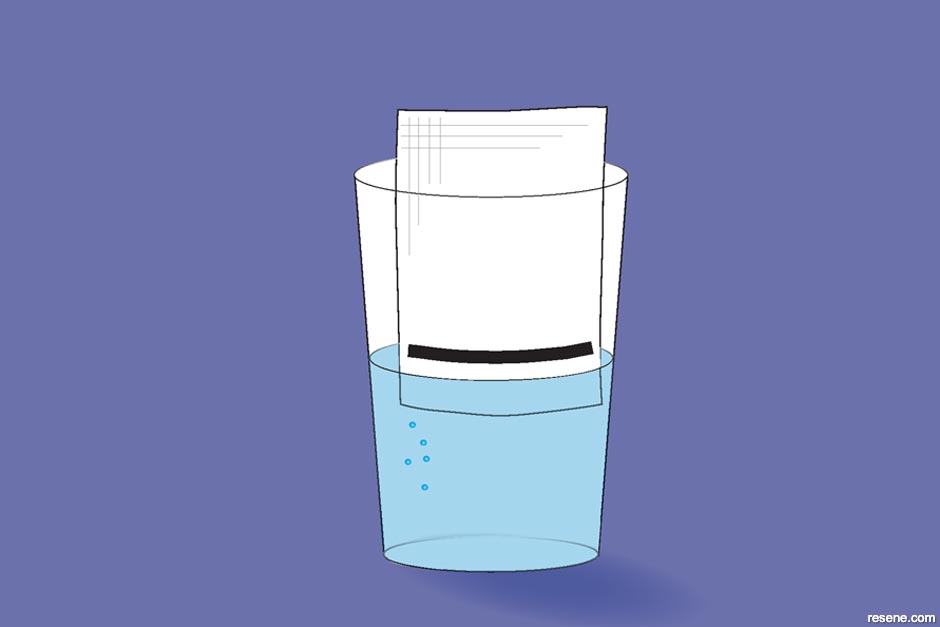
Once the colour moving upwards has slowed, take the paper towel out of the water and leave to dry. If you look at your paper you can see the original line and see the colours that have dissolved.
The inks in felt pens are made up of more than one colour. The water spreading separates the colours, which is why you can see many colours rather than just the one colour you started with. The colours that dissolve the best will travel the highest.
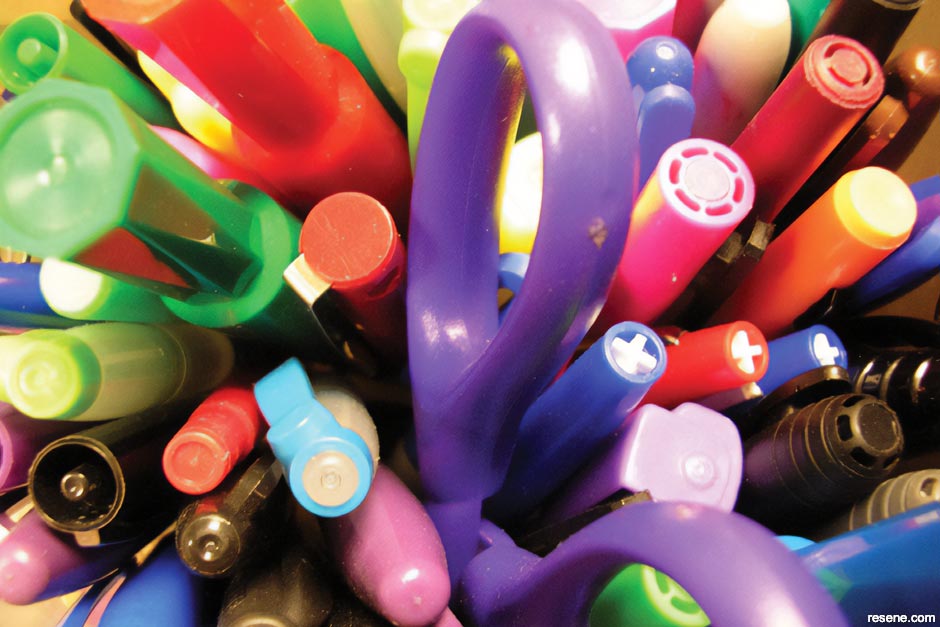
Try the experiment again this time using other felt tip pens
If you were given a note written in felt pen with no name on it, you could use chromatography to learn which pen was used to write it. You could test the note by placing the bottom in the water and watching the colour dissolve. You could then test various pens until you found one where the colour dissolves the same way as the note.
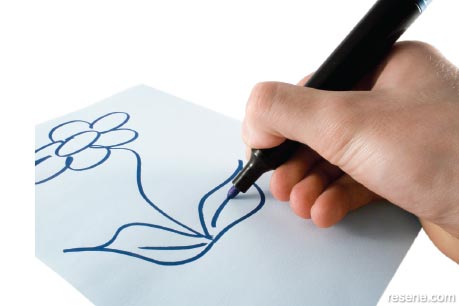
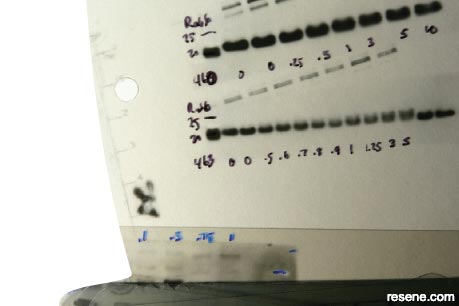
Scientists use chromatography to test for diseases. They compare healthy samples to samples taken from patients. If the pattern of the patient’s sample is different to the pattern of the healthy sample this may suggest the patient has a disease that needs curing.
PDF downloads:
The Resene Everywhere colour series
Learn about colour! The Everywhere colour series is designed for children and will cover lots of things about colour and has projects you can try out for yourself to find out how things work. Colour is magical and lots of fun to experiment with... enjoy!
Order online now:
Testpots |
Paints |
Primers and Sealers |
Stains |
Clears |
Accessories
![]() Get inspired ! Subscribe
Get inspired ! Subscribe ![]() Get saving ! Apply for a DIY card
Get saving ! Apply for a DIY card
Can't find what you're looking for? Ask us!
Company profile | Terms | Privacy policy | Quality and environmental policy | Health and safety policy
Colours shown on this website are a representation only. Please refer to the actual paint or product sample. Resene colour charts, testpots and samples are available for ordering online. See measurements/conversions for more details on how electronic colour values are achieved.
What's new | Specifiers | Painters | DIYers | Artists | Kids | Sitemap | Home | TOP ⇧
